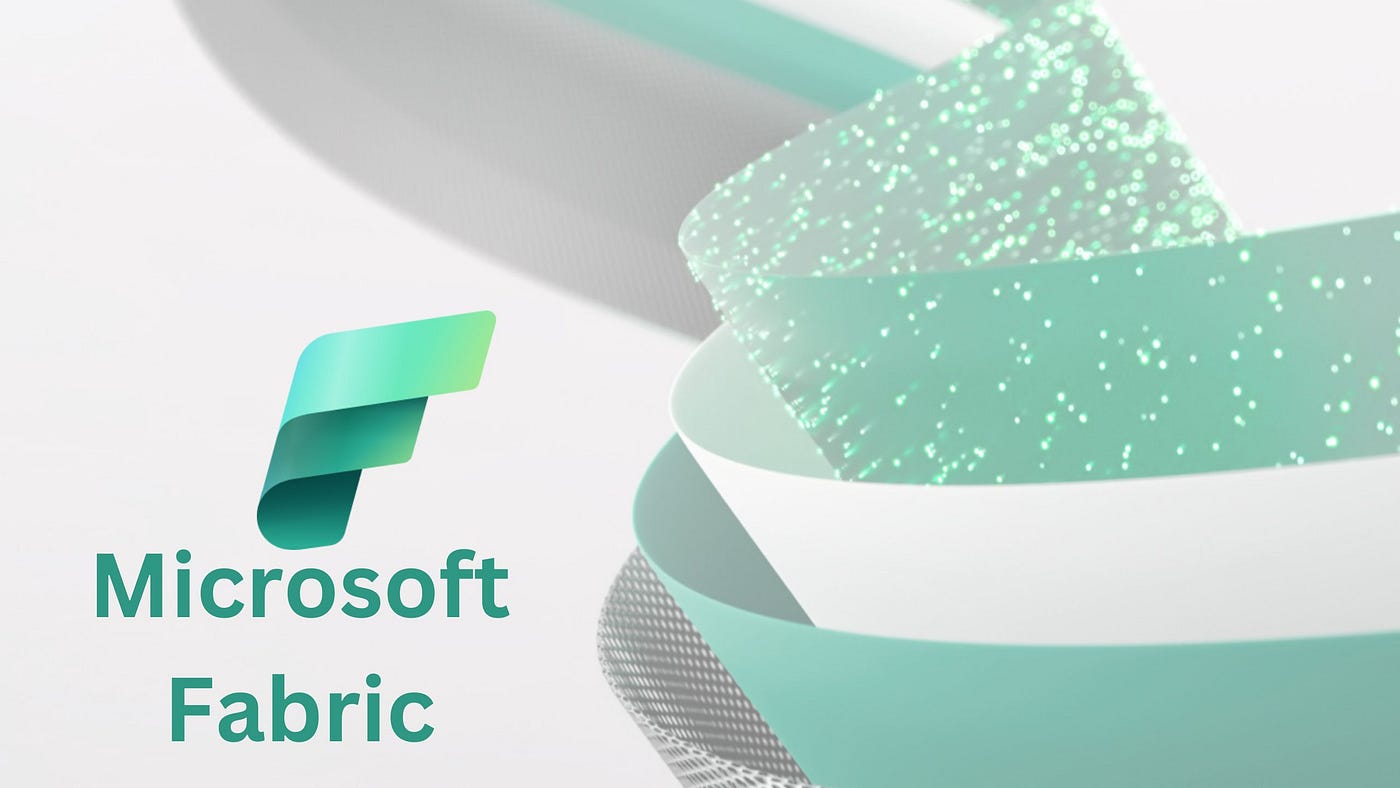Microsoft Fabric vs. Snowflake: These are two popular platforms for building and managing distributed systems. Both platforms offer a wide range of features, but they have different strengths and weaknesses.
In the dynamic realm of data management, Microsoft Fabric and Snowflake emerge as prominent players, each offering unique architectures and features to cater to diverse analytics needs. This article delves into the intricate details of their architectures, exploring the core components and key features that set them apart. Let’s navigate through the intricacies of Microsoft Fabric’s unified environment and Snowflake’s separated data processing, shedding light on their distinctive features and capabilities.
Microsoft Fabric’s Unified Architecture:
Microsoft Fabric’s architecture revolves around essential components, including OneLake, Power BI, Azure Synapse, and Azure Data Explorer. Leveraging OneLake and Lakehouse concepts, it creates a unified environment for seamless data and analytics integration. Tightly integrated analytics and a unified data lake empower users to harness the benefits of their preferred tools within a cohesive ecosystem.
Snowflake’s Decentralized Processing:
In contrast, Snowflake’s fully managed cloud data platform adopts a distinct approach, separating computing from storage for efficient data processing. Integrating seamlessly with various systems, Snowflake ensures cost-effective data operations and regulated access. Unlike Microsoft Fabric, Snowflake employs a separated architecture where data is stored in a dedicated warehouse, using a columnar format. The processing layer consists of virtual warehouses, providing independent compute clusters that dynamically scale based on workload demands.
Feature Differentiation:
Microsoft Fabric:
Microsoft Fabric stands out with its holistic platform catering to data integration, engineering, real-time analytics, data science, and business intelligence. Noteworthy features include AI and machine learning capabilities, empowering users with intelligent insights. The platform’s support for open data formats adds a layer of flexibility to data operations.
Snowflake:
Snowflake specializes in scalability and flexibility as a cloud data platform, focusing on data warehousing, data science, and data engineering. Designed to handle large-scale data operations, Snowflake requires efficient data storage, advanced processing capabilities, and robust security features. Its seamless integration with various cloud environments and prominent data products positions it as a versatile solution within your tech stack.
https://synapsefabric.com/2023/08/10/distributed-systems-platforms-comparison-microsoft-service-fabric-vs-kubernetes/
Which Platform is Right for You?
The best platform for you will depend on your specific needs and requirements. If you are looking for a mature platform with a wide range of features that is well-suited for enterprise applications, then Microsoft Fabric may be a good choice for you. If you are looking for a cloud-based platform that is scalable, reliable, and secure, then Snowflake may be a better choice for you.
Ultimately, the best way to decide which platform is right for you is to try both of them out and see which one you prefer.
Here is a table that summarizes the key differences between Microsoft Fabric vs. Snowflake:
Conclusion
In conclusion, the comparison between Microsoft Fabric and Snowflake highlights distinct strengths and features that cater to diverse data management and analytics needs. Microsoft Fabric, with its intricate architecture and emphasis on a unified environment, stands out for organizations seeking a holistic platform with tightly integrated analytics. The incorporation of AI and machine learning capabilities adds a layer of intelligence to data operations.






